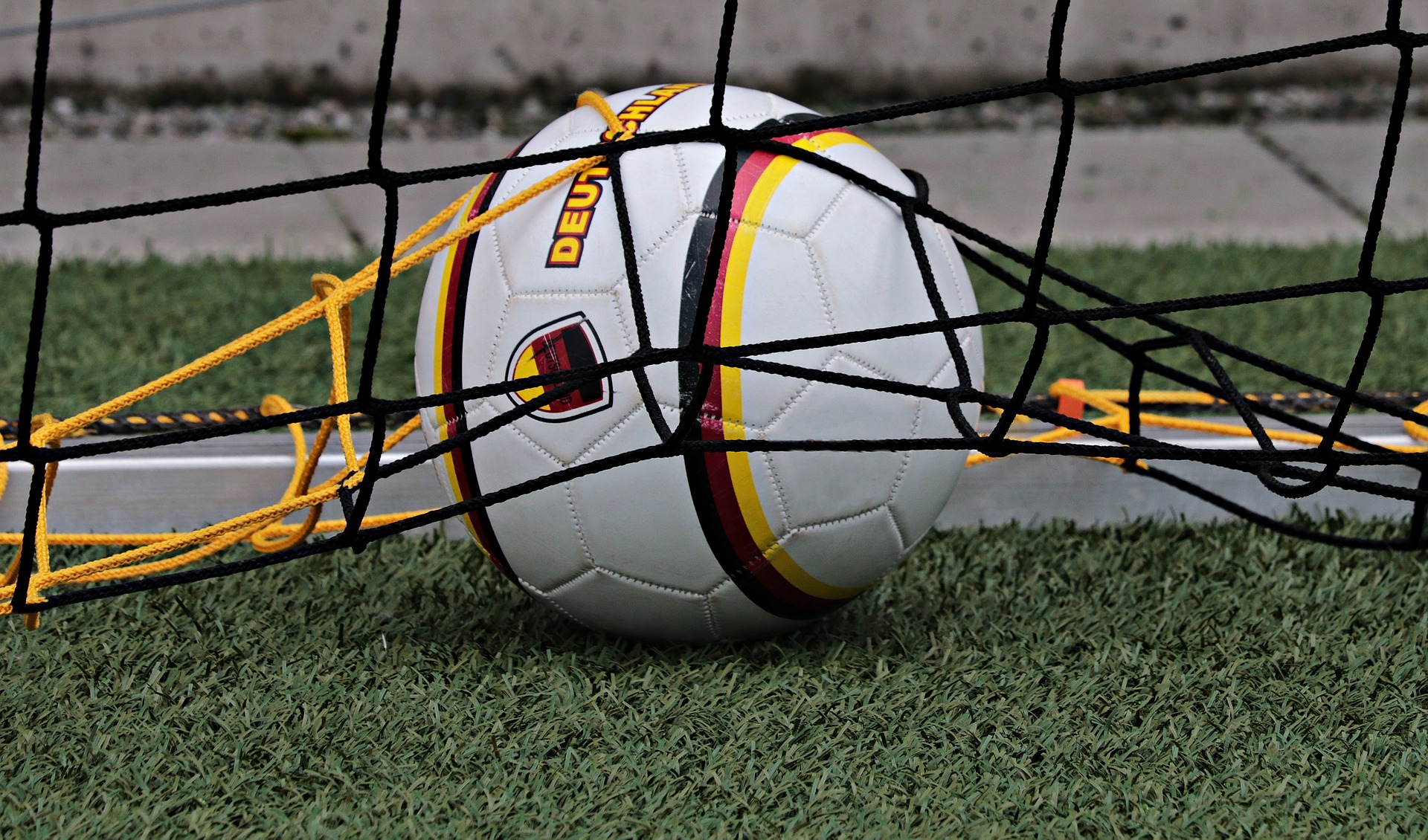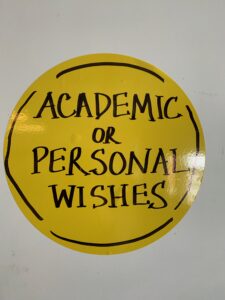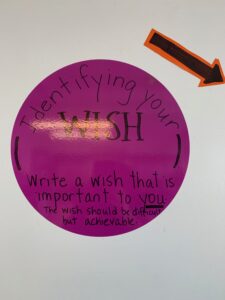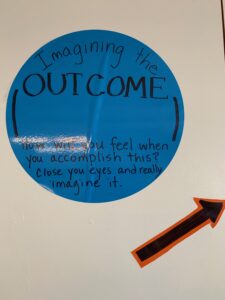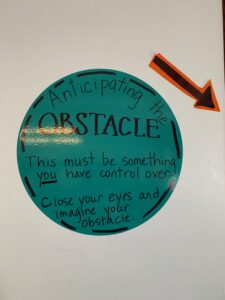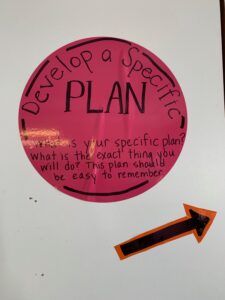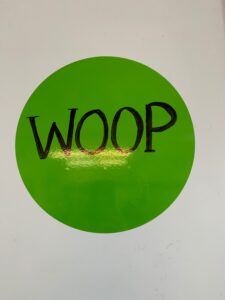No matter what that new year looks like.
At the start of a new year, we often think about our hopes and set resolutions. Is setting goals passé now? Not for students. And especially not for young adolescents, regardless of what else is happening in the larger world. Goals make the world manageable. They make managing your own passionate, independent learning doable. Did we mention how important that is for young adolescents?
For instance, we know that in Vermont schools implementing Personal Learning Plans (PLPs), student goal setting and reflection is a key component. Now let’s make it easy for you to set goals for the new year with your students.
Let’s look at three strategies to help it work smoothly.
Strategy #1: Choose a particular format to scaffold setting goals with students
Setting goals can be daunting, and if no guidance or structure is provided, some students can draw a blank and get stuck. Luckily, there are plenty of great formats and templates out there to try.
Some people like using the WOOP format for goal-setting. This format guides participants to identify a:
- Wish
- Outcome
- Obstacle and
- Plan
for setting goals. Plus: it’s super fun to say.
Down at Ludlow Elementary School, educator Heidi Betz is WOOPing with her students. Together, they’re evaluating their aspirations, strengths, challenges, and motivations in order to set goals. The goals take into account the class’ pursuit of essential outcomes related to the Transferable Skills.
Or maybe you want to be SMART about your goals?
When students set goals using the SMART format, they identify a goal that is:
- Specific
- Measurable
- Attainable
- Relevant and
- Time-Based.
At Williston Elementary School, in Williston VT, educator Lissa Fox described how she piloted a structure for using SMART goals with her middle school students. She discovered how important it is to *actively* cultivate a goals mindset with middle schoolers. And furthermore, she also discovered that her SMARTs had to be a team approach.
Pick a format, y’all. And stick with it!

Setting goals is hard. Students need a structure, template and format in order to develop the skill.
Strategy #2: Invent ways to make the goal visible and stick to it
After you help students set their goals, there is more work ahead. Students need to be able to take steps and develop actions towards reaching their goal.
One year while teaching middle school down at Manchester Elementary-Middle School (MEMS), we had students make large graphic labels that captured their goals. We taped those labels to the front of their school laptops. Because they use that object so frequently in school and at home, students had frequent reminders of the goals they had set for themselves.
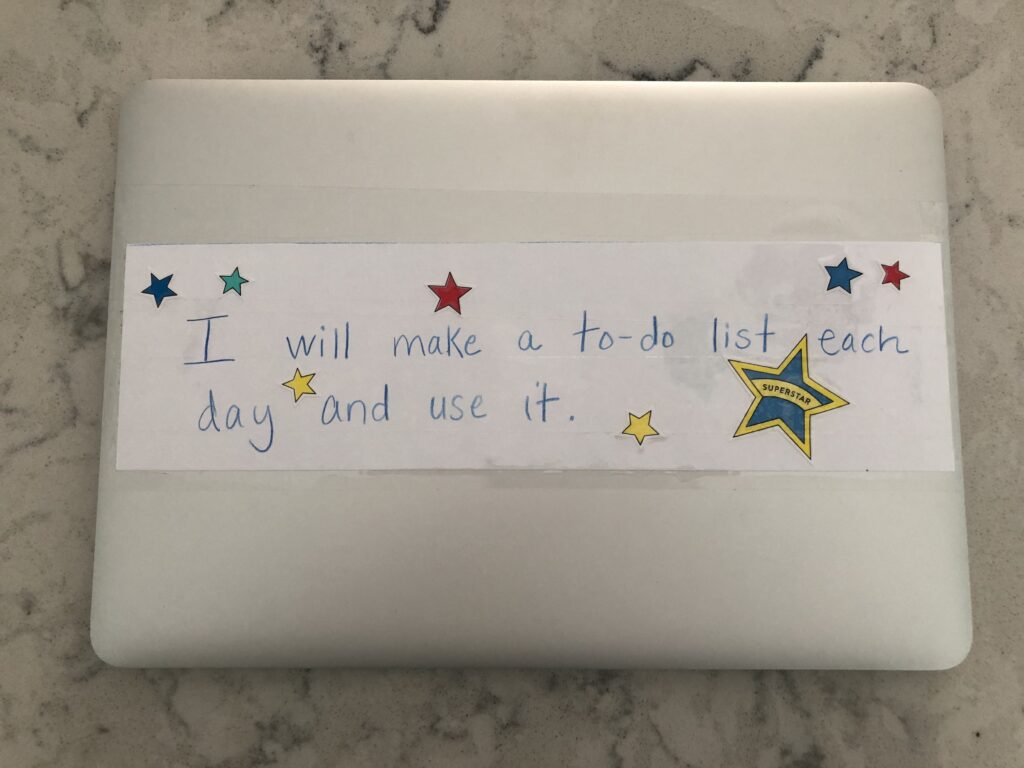
Another strategy we’ve used is to devote a small chunk of time at the start of a school day for students to chart progress on their goals. Students can go into their digital PLPs and write an entry describing any concrete actions or steps they had taken in order to reach their goal that week. It’s a powerful measure of accountability and reminds students of the goals they committed to.
Strategy #3: Encourage students to reflect on what works
Remember Lissa Fox? One of the most powerful findings from her study of SMART goals with students was that reflection was crucial to making the goals actually stick.
So what does that look like?
Students can engage in written reflection in their PLP. They could create video reflections that describe their progress and steps towards attaining goals. Teachers can also provide 1:1 conferences with students to check in around their goals.
But Tarrant Institute, we seem to hear you say. New Year’s resolutions don’t work!
That’s absolutely correct. For a lot of people, the best of intentions gets mown down in the middle of the busy road of everyday life. Honk honk! BLAP!
Resolution roadkill.
And that’s another valuable skill to focus on: what happens if you don’t meet your goals? Do you sob or wail? Clean out the Hannafords of peanut M&Ms? Or do you reflect on what you did and what went wrong (there’s that pesky reflection again) and you offer yourself grace. You tell yourself that you tried hard and you’ll try again. You look at what went wrong and think about how you’d handle the same situation in the future.
And you go back and set new goals. You start again. Even if it’s February. (Especially if it’s February).
(Did we mention the grace bit. We should mention the grace bit. Ahem: please help your students offer themselves grace on goals. Offer yourself a double helping of grace as well. Grace for everybody will go a long, long way right about now.)
Anyway, when teachers engage students in these strategies for goal-setting, they are helping them develop a life-long skill.
Every new year, we read and listen to adults talk about their resolutions. Maybe we’re the adults in question. But we’re pretty sure most adults do not stick to their resolutions. But if we engage students thoughtfully in effective goal-setting practices in their adolescence, there’s hope for the New Years’ resolutions of 2030 and beyond.
As long as there’s still a new year to set goals for. But that’s another blogpost.


